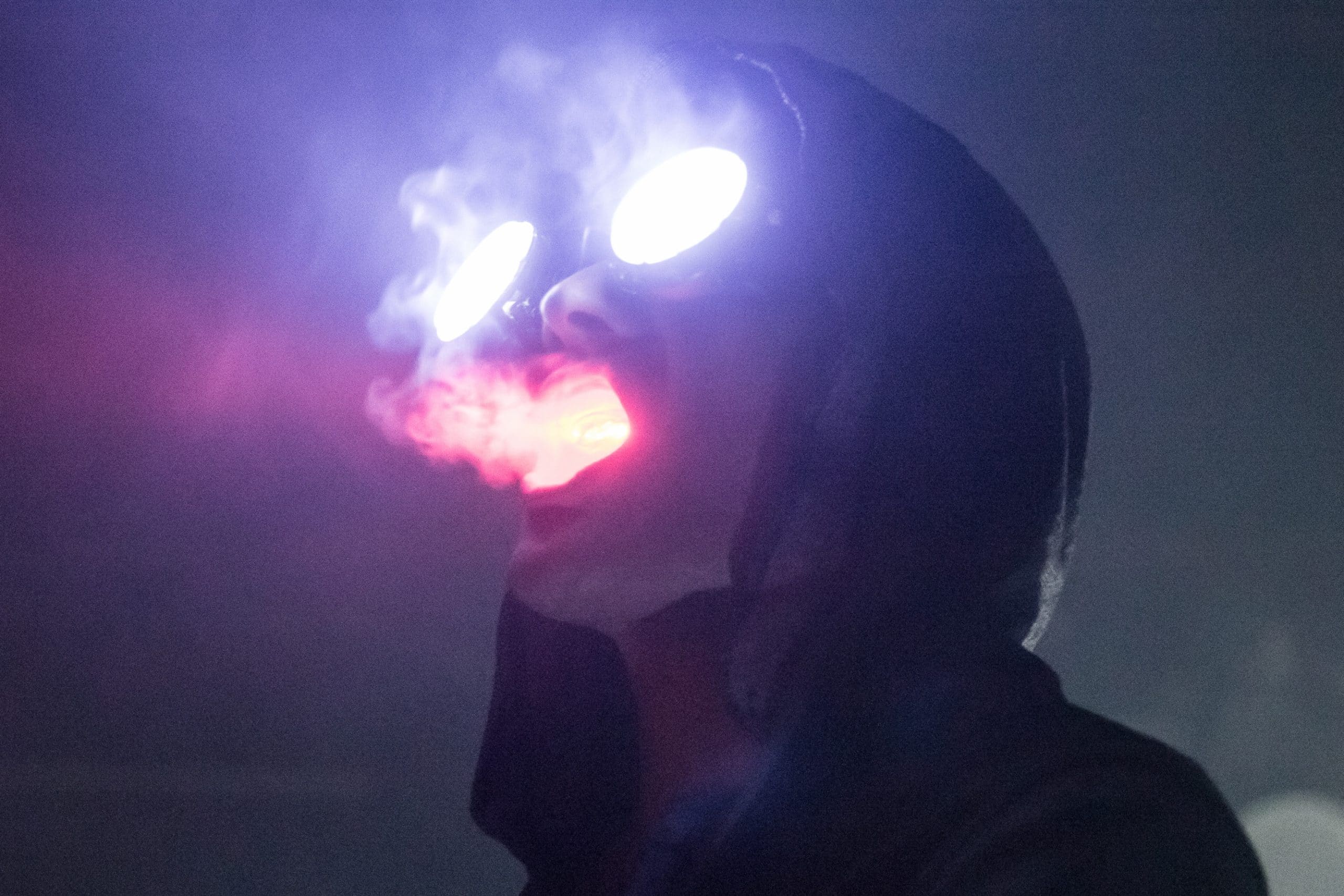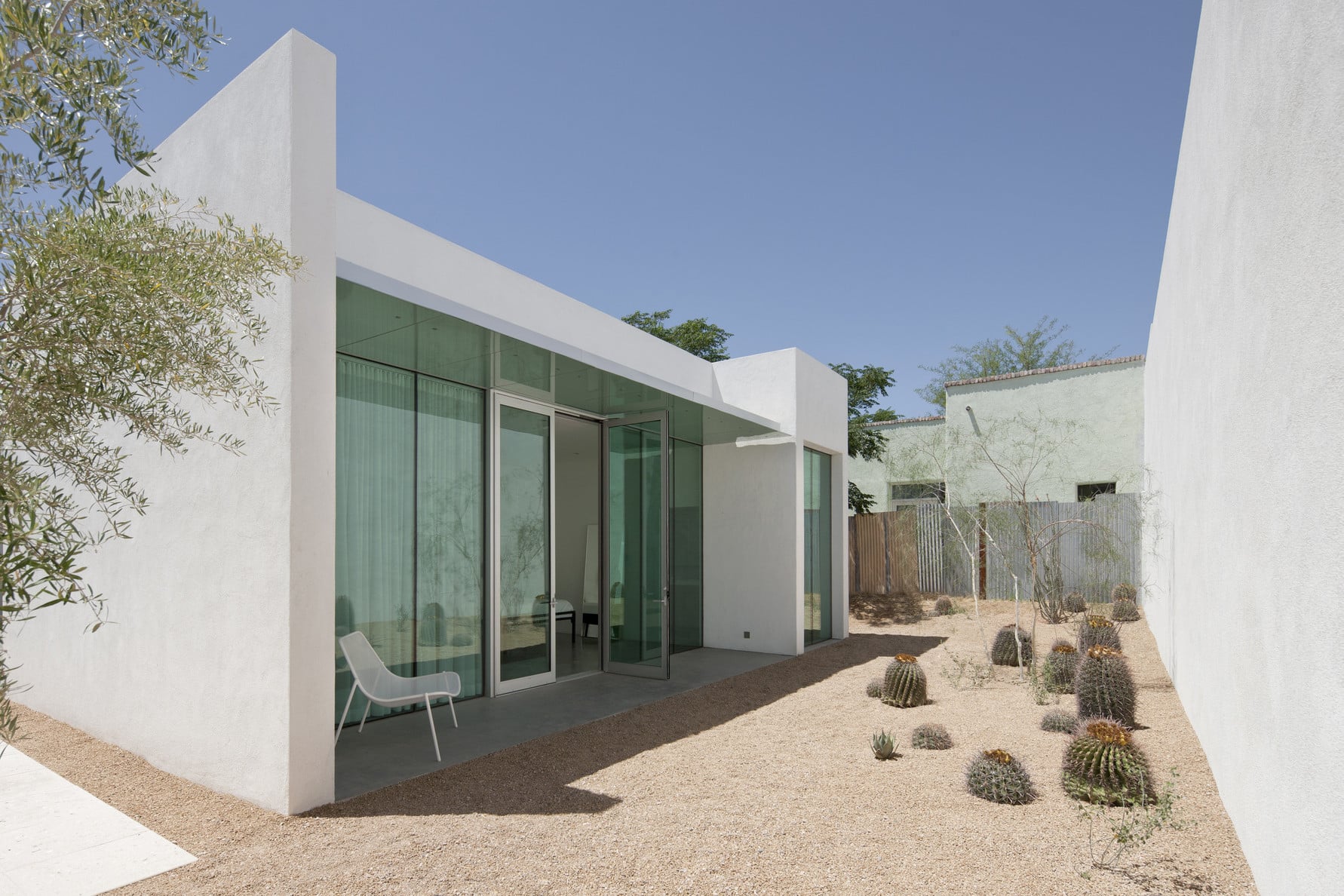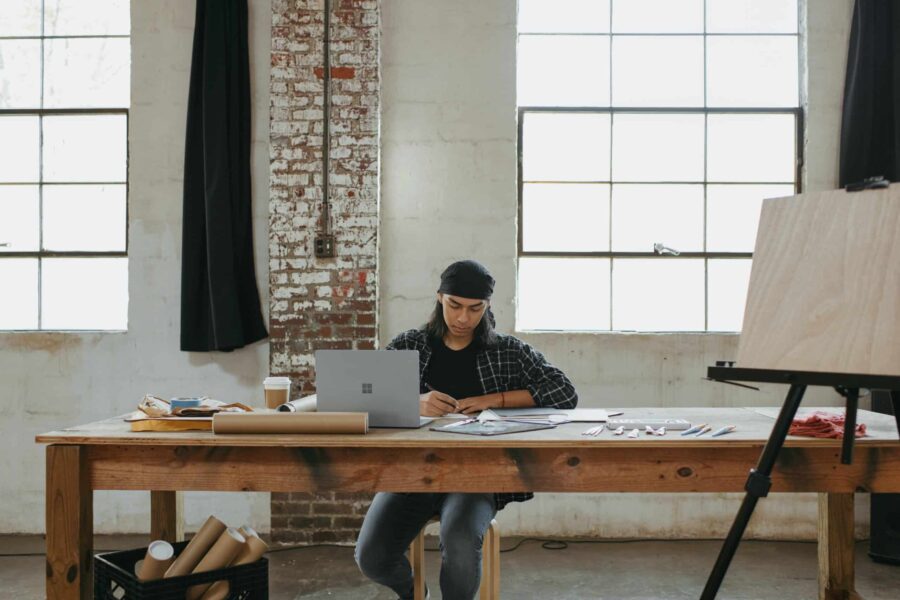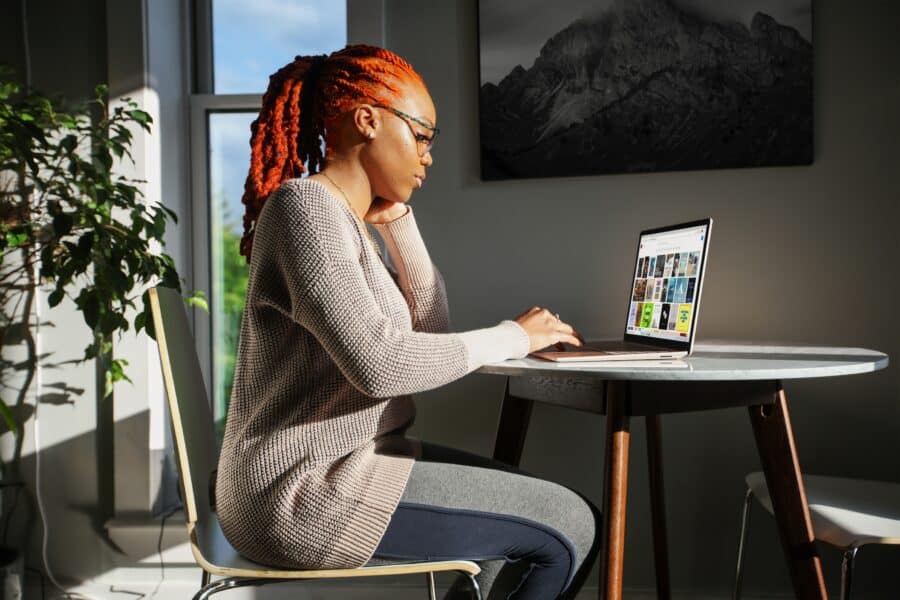There’s no type of photography quite like concert photography. It’s often fast, gritty, and unforgiving, placing you in situations you normally wouldn’t waltz into, save for the love of the game.
There is none of the serenity of landscape photography, none of the set up studio photography allows, and even the notoriously fast-paced world of sports photography usually happens under incredibly well-lit circumstances.
In contrast, taking photos of live music poses a special set of challenges. It’s hectic as hell, taking place in a cushy photo pit if you’re lucky, but often involving getting your elbows up to try to manage a good vantage point in a crowd or mosh pit of fans who have just as much or more of a right to be there than you; preparation is guesswork at best, which means sometimes you might have packed the wrong lens, or get stuck in a spot where you have no sightlines; and a lot of the time, there’s either no light, or the stage is so drenched in reds and blues that your subjects are going to look like washy blobs. And you’ve usually only got the first three songs to snap at least a couple photos someone will publish and maybe even pay for.
That might sound kinda discouraging, and it can be. Vanessa Heins, a freelance photographer, has some cautionary words for would-be shooters getting into the racket for the wrong reasons.
“A lot of the time, especially in music photography, people will say ‘don’t get into it for the money, because that’s not really where the money’s at,’” Heins says. “Particularly live photography. It’s not a good place financially sometimes.” But money isn’t why you’re still reading, right? You clicked on this article because you dig the thrill of capturing a beautiful moment and love a challenge. And getting into all the shows and festivals you wanna hit up for free doesn’t hurt, either.
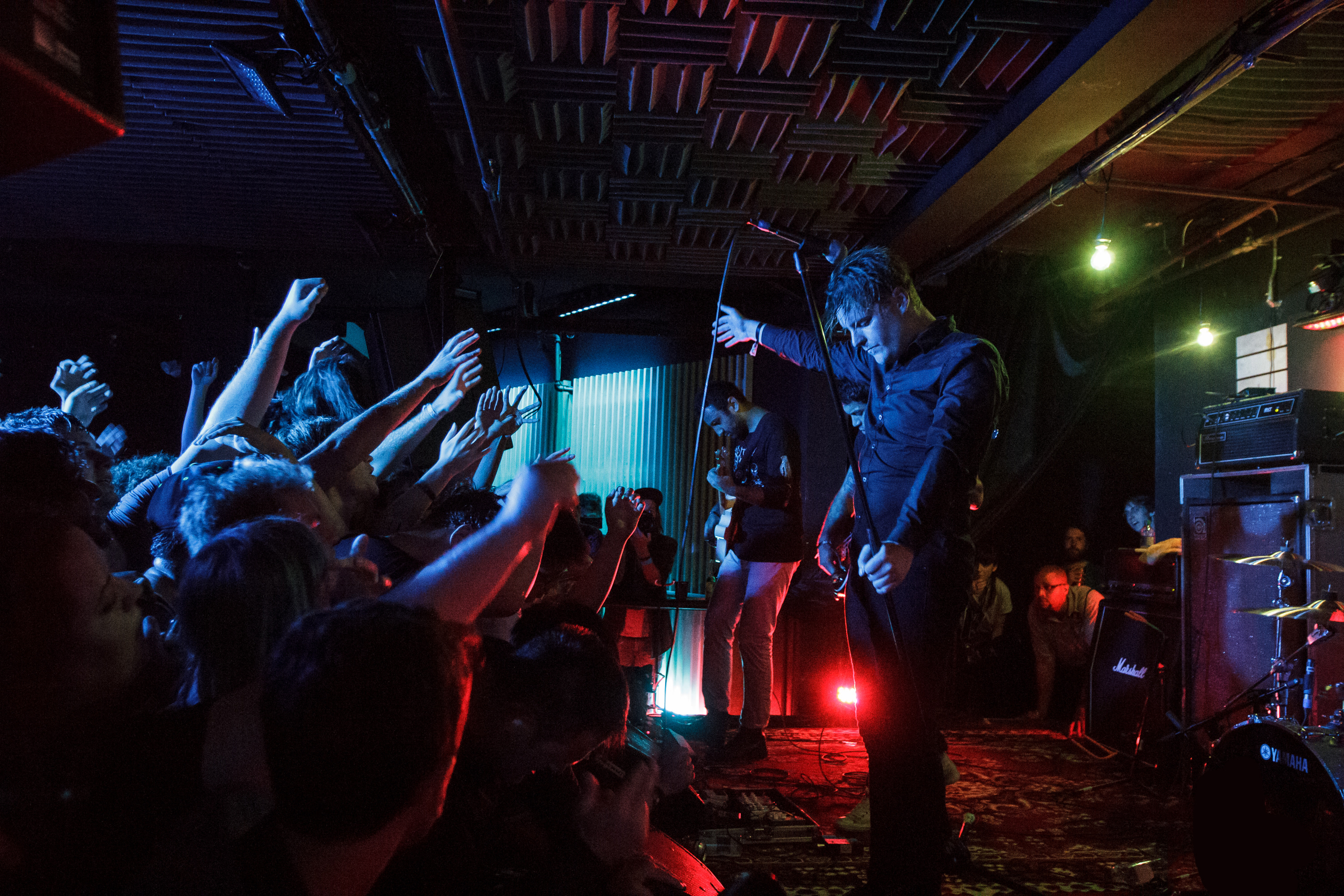
Photo by Tiana Feng
How do you get into it?
This is a tough one. There is no tried and true way to gain the access you need to shoot live music. Additionally, the traditional vessels—college and university, studio work, etc.—will only provide some of the tools you need to do the job, but won’t help you get it.
Almost across the board, the four photographers we interviewed cited similar origin stories: they worked for free to gain the access they needed, made solid friends, and drove themselves to produce work outstanding enough to move up and on. From there, it’s easier to open yourself up to publications.
Amanda Fotes, who has licensed her work to hyper-buzzy 6ix-side punk acts like METZ and PUP for merch, dropped out of university at 19, bought a camera with her tuition, and shot Moneen at the Legendary Horseshoe Tavern.
“It was all downhill from there,” she says, explaining her ability to make friends with the bands was invaluable. “Singling [local bands] out, producing good work for them—showing them you’re competent and can do it—and then building a relationship with them.”
This has also led her to the “glamorous,” but also low (or no) income tour life, following Greys and The Dirty Nil on the road, where she took tips for doing merch and was granted full access to her subjects.
Heins does all kinds of shooting in other types of photography—portraits, fashion, editorial and documentary—and works with CBC host George Stromboulopoulos at the House of Strombo, documenting interviews and studio performances. She started around 16 in Vancouver when she first became interested in photography, shooting friends’ bands (she was and still is pals with high schoolmates Ben and Tyler of Said The Whale), offering her time for theirs, and letting them use the photos if they wanted, helping her bolster her portfolio. Eventually, those friendships, coupled with her aversion to the pit, would lead her to pursue documentary work, doing behind-the-scenes shooting for bands like Alexisonfire and City & Colour.
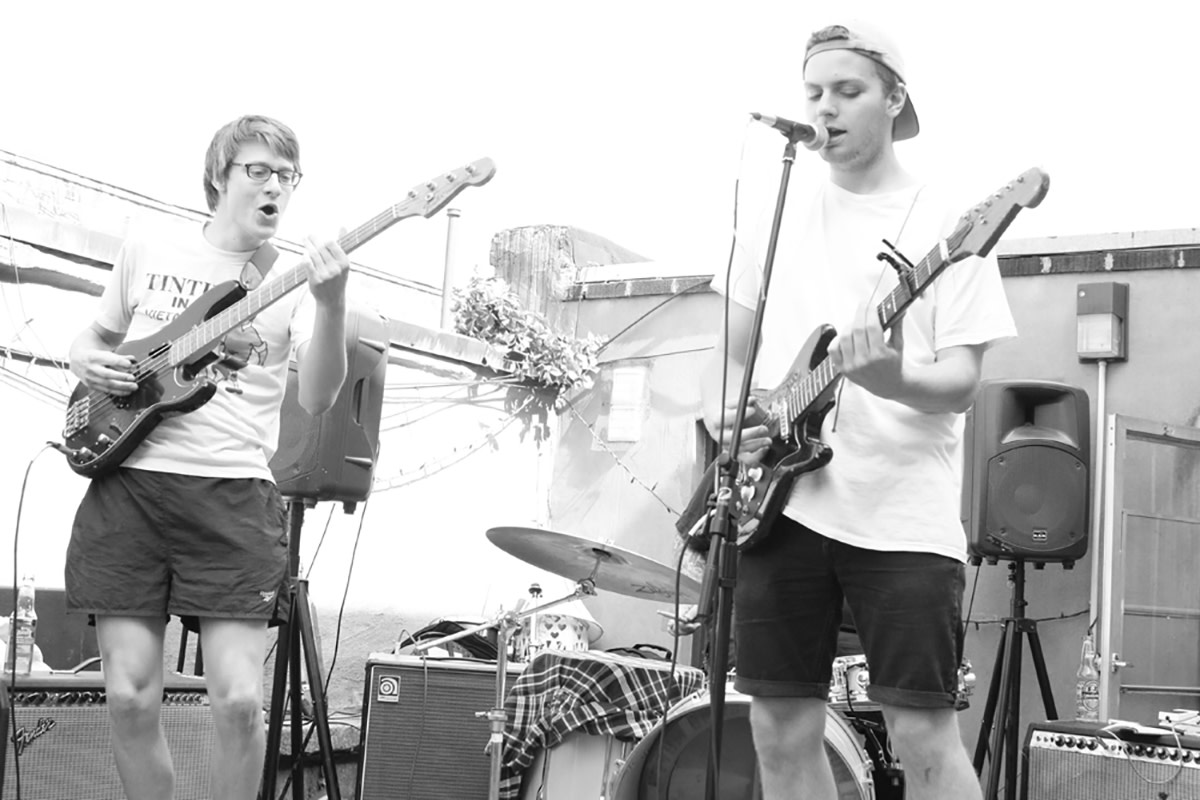
Photo by Tiana Feng
Tiana Feng had a different approach. She started out stealing her dad’s DSLR to shoot shows she either paid to get into (camera rules were less strict back then), or worked at events like NXNE as a volunteer to get access. She also started a blog, Ride The Tempo, that would eventually help her get into most of the shows she wanted to cover as a legitimate media outlet. And Daniela Tantalo, taking a route that is incredibly obvious but criminally underused, simply cold-contacted A Music Blog, Yea? and asked if she could shoot for them.
Let’s be clear going forward, though: this article in no way condones consistently working for free. Pro bono shooting is often required to get a small body of work you can point to when pitching publications or clients, but beyond that, if you’ve honed your craft and worked hard enough to believe you’re doing quality work, don’t get taken advantage of.
If it’s going to cost you $6.50 to get to and from a concert, and the publication is only paying you $20 for the shots, you’re down ¾’s of your cash before you even leave home. If you have a drink, you’re already in the hole. Remember The Joker’s best advice: “If you’re good at something, never do it for free.” In fact, Format has a handy guide about Who Pays Photographers (And How Much).
How do you make sure you’re ready?
As previously mentioned, there are a lot of variables at live shows, which makes it more or less impossible to fully prepare for. But there are ways to be as ready as possible.
“Know the band before you go into the concert,” Tantalo says. “What I like to do before I shoot a show is to research the band beforehand in terms of watching YouTube videos. Sometimes I’ll go to setlist.com and look at the first three songs they play, and I’ll go to YouTube and watch the first three songs of a recent performance, and I’ll have an idea of how they like to stand, if they have any signature moves, what they do, when they do it. And I’ll try to position myself in the right space at the right time to get those shots.”
Feng has some in-pit advice building on Tantalo’s prep tip that a lot of photographers—namely, the ones who end up with thousands of shots they need to go through at the end of a couple songs—could learn from. After all, spray shooting is just going to fill up your memory cards and leave you with a lot of images to delete later. Being ready for the right shots will help make sure you get them.
“I don’t have my eye on the viewfinder the whole time,” Feng says. “I’m always watching as a fan first, and I feel like as a fan, you kind of notice moments that pop up that you might not notice if you were just behind the camera the whole time. You kind of feel like a spark is about to come out, and find that right moment, and then I’ll start taking pictures. I’m watching about 75% of the time and shooting the other 25%.”
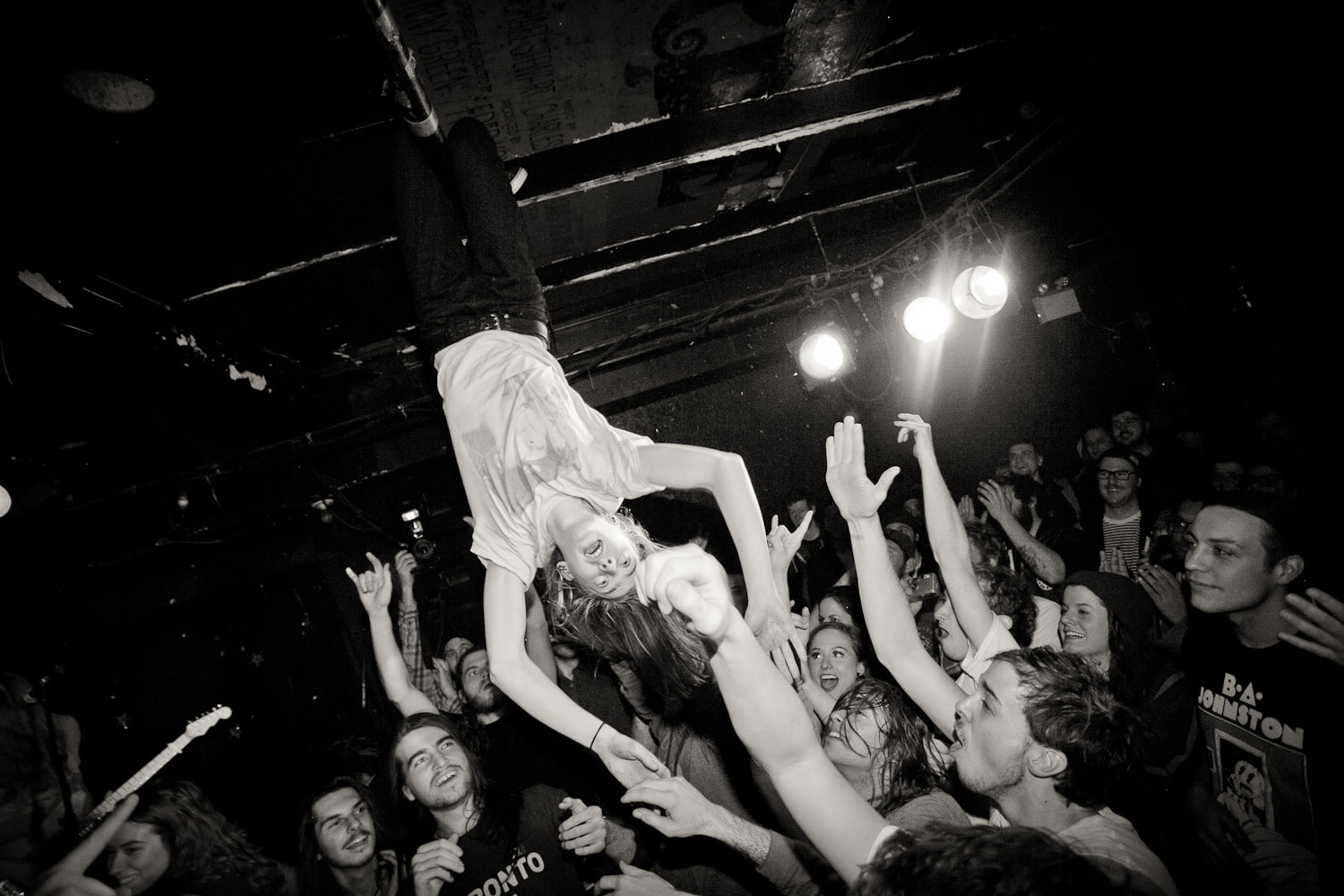
Photo by Amanda Fotes
What are some tips to make your technology work with your environment?
When you actually get to the venue, your technology (whatever it may be) has to be on point, and most of all, you have to know how it works. This might seem obvious, but the myriad quirks and extra features of DSLRs can save your ass, as long as you know they’re there. Knowing what you’ll need to be well-versed in depends on the way you want to shoot.
“Be really comfortable with your equipment,” Tantalo says. “If you’re going to shoot in manual, it’s really important to know how your camera works.”
She also embraces some more primitive technology that is surprisingly handy.
“One of the ways I combat that I’m shorter is I have a foldable stool that I take with me for when the stage is a bit higher,” Tantalo says. “I’ll shoot from the sides of the venue, but I’ll stand on the stool, and that way I’m above everyone’s heads. I’m not in anyone’s way—there’s no one behind me so no one can get angry because I’m standing on a stool—but I can use a wider lens to get more bodies and less portrait shots.”
Tantalo also points out that not all venues are inside, and festival work might require other prep. “I was in Hamilton for Supercrawl,” she says. “And it was pouring the one day I was there, and I didn’t think to cover my camera with anything more than a shopping bag. My camera was malfunctioning, it was getting angry, it wasn’t working.” A simple fix for that is a waterproof bag made specifically for active shooting. They’re cheap and disposable.
Choosing the lens you’ll need will depend on multiple factors in the venue: how high is the stage? How low is the lighting? Will they have a photo pit, or do I have to shoot from the front of the house (AKA the soundboard)?
In Fotes’ case, she’s often had to take into account an entirely different environmental monster: the mosh pit. But immersing herself is the only way she gets those shots that make you feel as if you were there.
“I tend to shoot with a wider lens,” Fotes says. “I have a [Canon] 5D, so it’s really amazing in a low light setting. A lot of punk shows, I’ll have a flash on me. I try to be as sparse with that as possible because no one wants to have light going off in their face every five seconds.”
“It’s hard when you’re shooting a lot of punk stuff, because you don’t have a lot of time to think,” she continues. “You’re just flailing a lot and hoping for the best.”
Again, even though you may have taken every possible step to make sure things would work out, live music has fickle tendencies. Heins reiterates what any good photographer knows: it all comes down to light.
“Every circumstance is so different,” Heins says. “Often the types of things we shoot are really uncontrolled and unknown. Unless I do portraits—which I like to use settings with lots of natural light for—it’s usually in spaces that don’t have a lot of light. I think over time it’s getting a grip on being good at working in really low light spaces.”
That means your ideals for music photography are lightning fast lenses, and a camera body that can push its ISO without drenching photos in grain. Both of those things together will cost you a fortune, but the most important part is the glass, of course. For quite a bit less than $1,000, you can throw a 50mm f/1.4 lens on a $500 camera body, and you’ll still be able to produce brilliant shots in low light. The rest of it is knowing where to be and when.
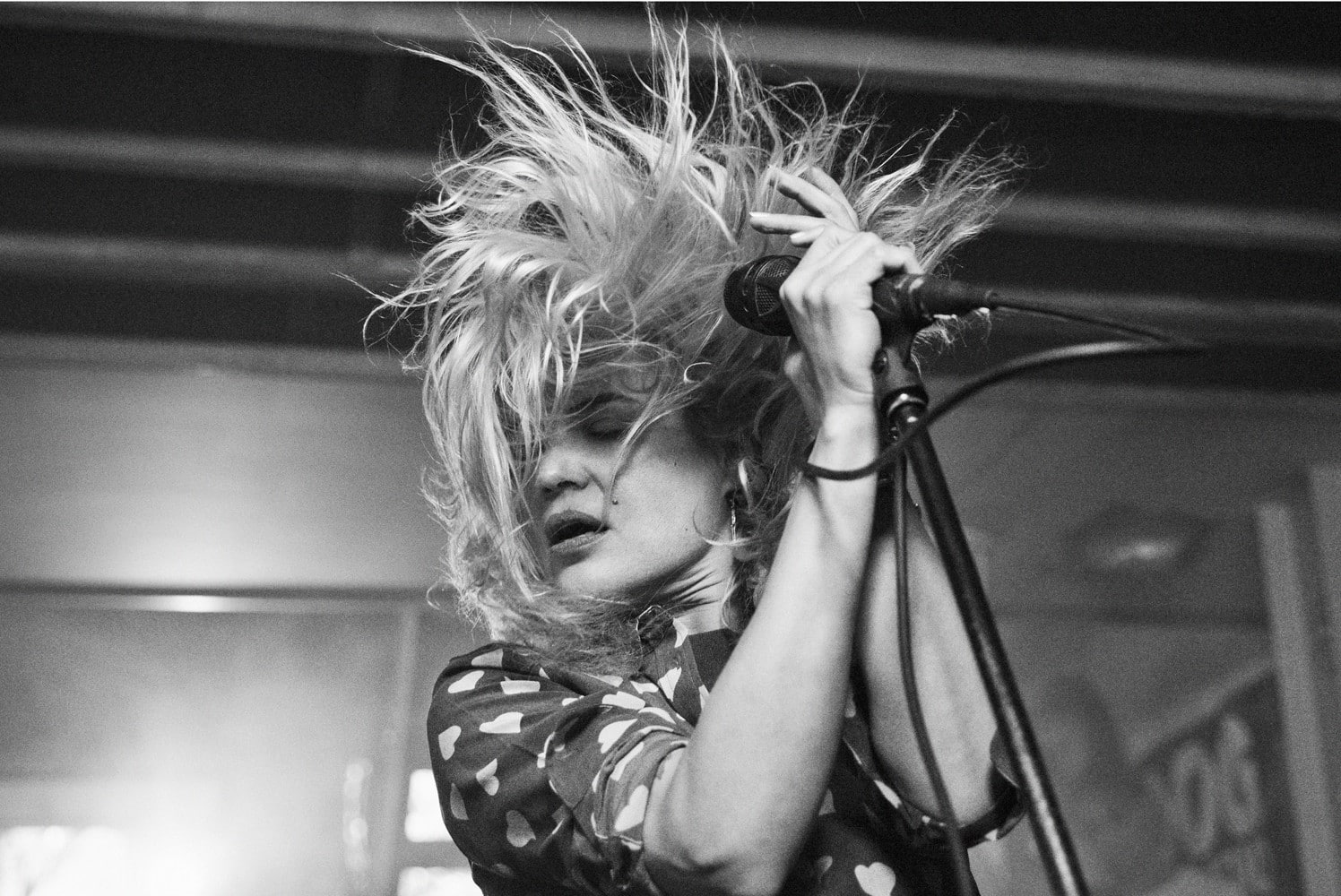
Photo by Vanessa Heins
Now that I’m a certified pro, what will publications, blogs, and bands expect from me?
Well, that’ll depend on who you’re doing business with, won’t it? Even if you’re starting out just convincing a band to waive your cover so you can shoot their show, they provided you access, so send your best shots over. If they like them, it’ll lead to more work.
With bigger jobs involving outlets owned by corporations and the like, your deliverables will vary wildly. Some publications only need one shot, some ask for 20 or more. Some might require massive files at very specific dimensions, others might want a 1200px wide JPEG and that’s all. But your own artistic choices are yours and yours alone, unless an outlet demands something very specific. It can be difficult to break away from the attraction of technical perfection, but once Heins was able to do so, it opened her up to new ways of seeing things (and resulted in great shots like the one below).
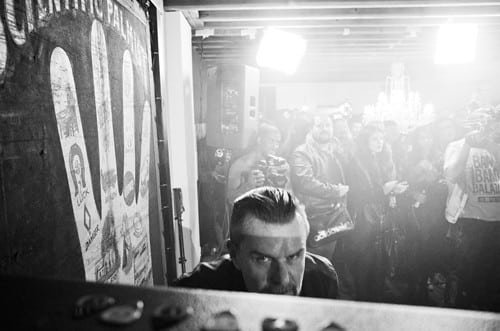
“I think the biggest thing I’ve learned over the past couple years is that I’d always strive for things to be technically perfect, and if a shot wasn’t in perfect focus, I’d be like, ‘ugh, that can’t be a thing,’” Heins says. “Now I’m learning to let go of those things a little bit and realize that some of the moments in them are more powerful than this one little thing I might be obsessing over.”
Going even beyond that, the most important thing when it comes to your actual work will be cultivating an aesthetic that sets you apart, Heins says. “I think you just gotta work really hard and prove to people that what you’re doing and your aesthetic is something unique and different and worth someone having, and paying for.”
It’s likely, as well, that whatever jobs you find, even if they’re regular gigs, will still be freelance. And freelance can be scary—all you’ve got is what you can create, which means quality of work and reputation are more essential than ever, or you won’t find more jobs. But writer Neil Gaiman, in his 2012 keynote address at the University of the Arts, had the most comforting advice I’ve ever heard for navigating freelancing’s choppy seas.
“People keep working, in a freelance world—and more and more of today’s world is freelance—because their work is good, and because they are easy to get along with, and because they deliver the work on time. And you don’t even need all three. Two out of three is fine. People will tolerate how unpleasant you are if your work is good and you deliver it on time. They’ll forgive the lateness of the work if it’s good, and if they like you. And you don’t have to be as good as the others if you’re on time and it’s always a pleasure to hear from you.”
It’s advisable, though, to aim for all three. But also, an addendum that was echoed by all four shooters: it’s okay to be unpleasant sometimes (everyone has bad days), but don’t be a dick. Respect the band, respect the crowd, respect the other photographers, respect the people who let you shoot the show. Respect people in general. Word travels fast in these small communities, and you’d be surprised how many people don’t understand this simplest of truths. They also don’t get many gigs.
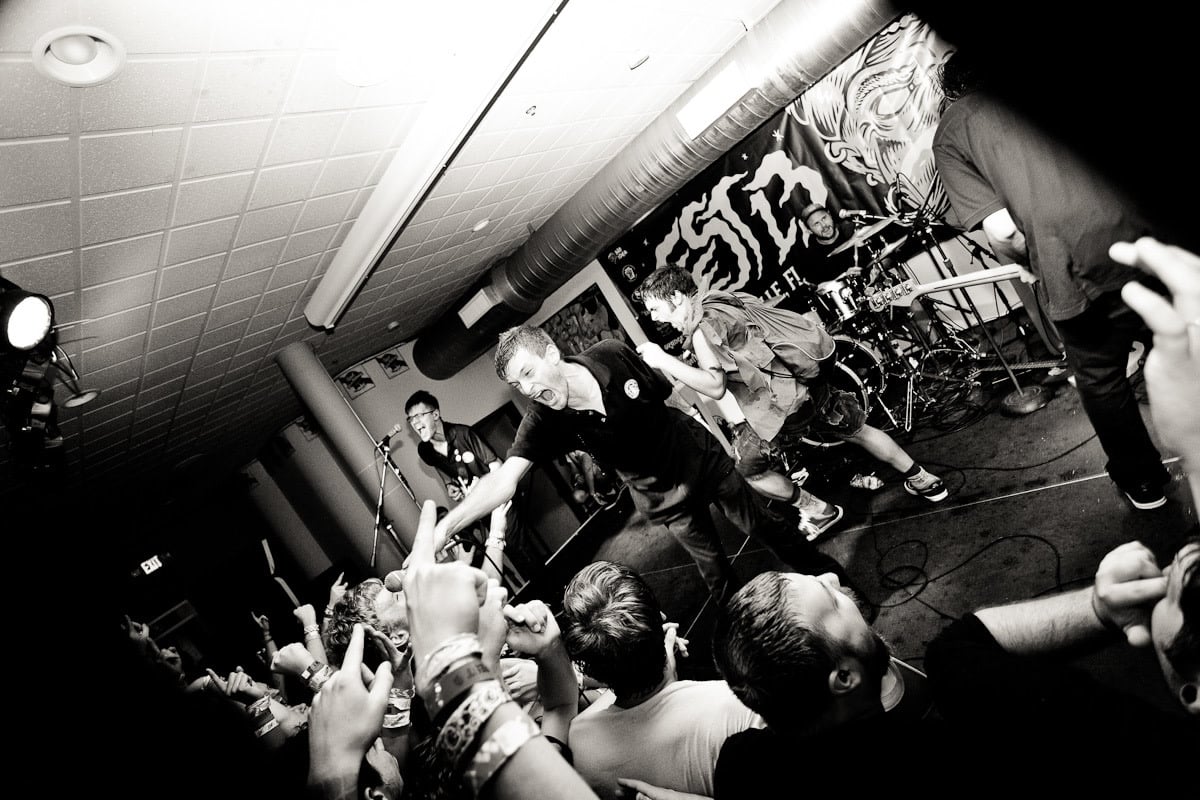
Photo by Amanda Fotes
So you’re in stressful, impossible to predict situations, and it’s difficult to get paid? Why would I do that?
As I mentioned before: love of the game. If you’ve made it this far, you didn’t actually ask the question above, because you love live music and concert photography enough to pursue it regardless of how frustrated it might make you. And good for you, because there are way more wins in shooting concerts than losses. Some wins are big, like getting flown around to cover music festivals, and some are small, like your favourite band double-tapping a shot you took of them on Instagram.
Tantalo posted a photo she took of Grace Potter to social media and was later contacted by Potter’s team to license the photo for merch. It was brought to Fotes’ attention that Aussie superstar shredder Courtney Barnett was repping one of her photos via a METZ shirt the band licensed her work for. Feng had the good fortune to shoot the now huge Mac DeMarco at a sparsely attended rooftop BBQ when he was still known as Makeout Videotape.
Heins’ biggest W, though, is a bit more abstract.
“Half the people I shoot started as this really little seed of ‘Hey, can I shoot your photo?’ and then warped into this long term relationship of having those people really trust you in their space and want you there,” she says. “I feel pretty proud of those relationships and really thankful for that access I get.”
Sounds like something worth a little stress.
Matt Williams is also a live music photographer. Check out his work at this beautiful, user-friendly Format portfolio site.
